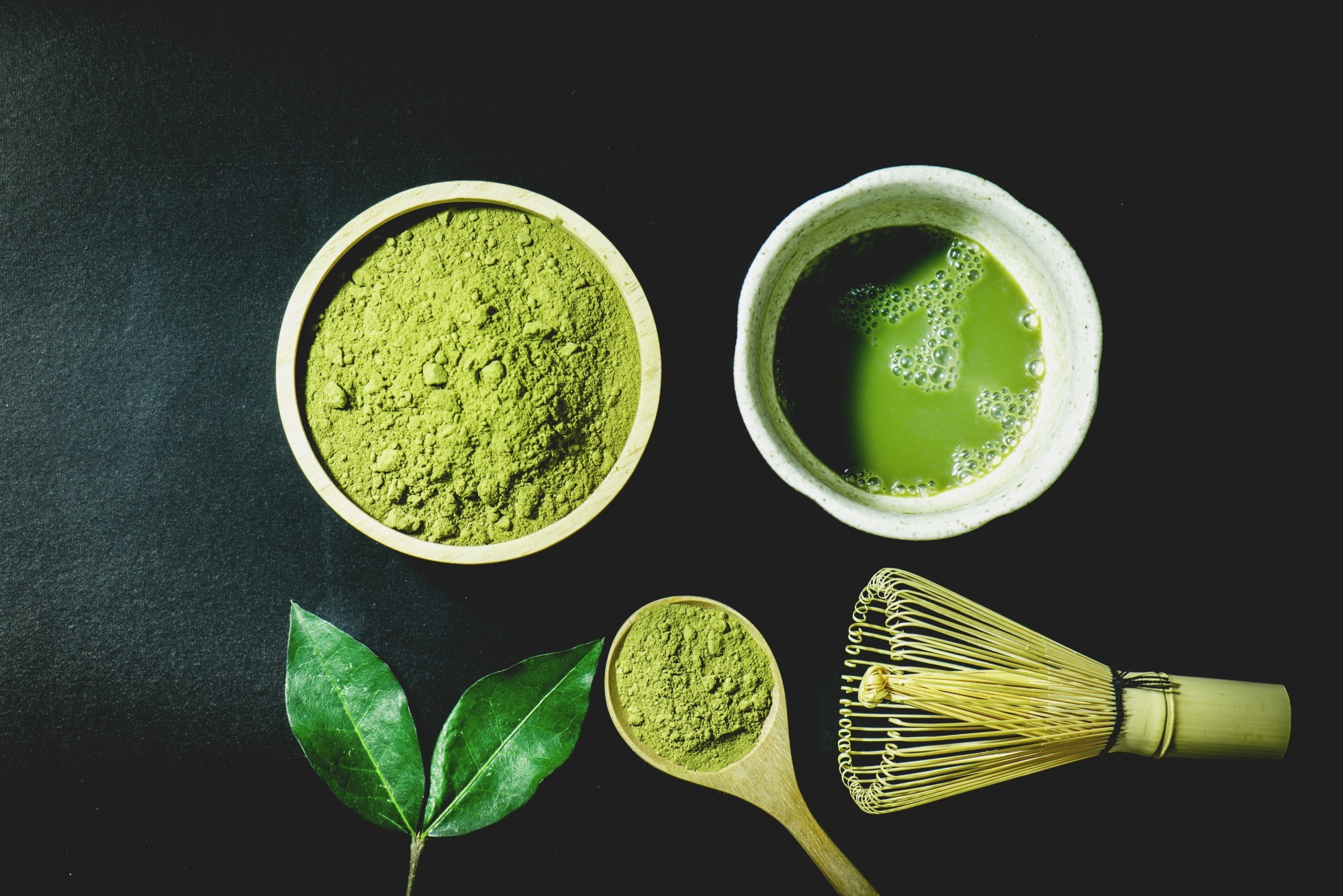The History of Japanese Matcha
Chances are you’re aware of Japanese matcha powder as a growing global beverage trend and ingredient. Matcha-lattes are highly Instagram-able. The #matchalatte tag is used over 900 times per hour on the social media site!
It’s also becoming common to find it listed as an ingredient in sweet and savory dishes at trendy cafes and restaurants.
What many don’t realize is that, far from being just the latest hipster trend, matcha has a rich history. Matcha tea ceremonies have been held in Japan for centuries. They are a spiritual and social occasion, with very precise and sacred rituals.
So how did Matcha end up becoming popular across the world?
Read on to find out more about matcha green tea from Japan.
I Thought Tea Was From China?
Correct, tea-aficionado! Tea plants originated in China, as did the process of powdering the green leaves. Matcha green tea can be traced back to the 7th century in China.
This period was the Tang Dynasty, and is when tea was starting to be exported from the country. Tea leaves would be steamed and pressed into dried blocks. Shavings from the blocks would be added to water, to form a tea.
How Did It Become a Japanese tradition?
The first known appearance of tea in Japan was in the 8th to 9th century. Buddhist monks started to bring some tea back to Japan from visits to China.
The tea hadn’t yet taken the powdered form that we are familiar with today. It was still prepared and consumed from the dried leaf blocks. Ceremonial practices were also yet to reach Japan.
This changed in 1191 with a Japanese monk - Eisai. He had been studying Zen Buddhism in China, returning to his homeland with some tea seeds.
Not only did he take the seeds, but also the sacred Zen Buddhist scriptures and methods of tea preparation. The seeds were planted in the grounds of Kyoto temple.
Eisai wrote a book on the spiritual and health properties of matcha tea. Popularity spread and basic tea ceremonies started to evolve in Japan. The practice of grinding the leaves into powder also started to become popular.
The following generations cultivated the tea and learned how to grow the highest quality leaves. Matcha was seen as a status symbol and still only produced in small quantities.
The Japanese Matcha Tea Ceremony
As the popularity and availability of Matcha spread across Japan, the rituals also evolved. In the 16th Century, another Zen monk - Murata Juko - brought together the varying approaches to Matcha ceremony and consumption.
This formed the foundation of the rituals which we know today. Zen Master Sen-no-Rikyu further popularised the ceremony and cemented its main principles.
Sacred Rituals
The Matcha tea ceremony is traditionally known as ‘Sado’ or ‘Chado’. This means ‘The Way of Tea’.
It is underpinned by 4 key principles - Kei (Respect), Wa (Harmony), Sei (Purity) and Jaku (Tranquility).
These principals are enduring today, and those who enjoy Japanese matcha can connect with these ancient values in the modern day.
If you’d like to prepare traditional Japanese matcha, you can find all that you need in our store.
We source all our Matcha directly from Japan!
Experience the history and try it out for yourself :)
What customers are saying about us...
“I have to admit, I was a skeptic about the quality of the matcha since it’s such a good deal. I am pleased to say that this is absolutely delicious. The shipping was fast, the tea is perfect, and I will 100% be ordering again and recommending to my friends..” — Connar Tague
Whether you need to re-up on your monthly matcha supply, or desire to step up your game with some accessories, we've got your back!

